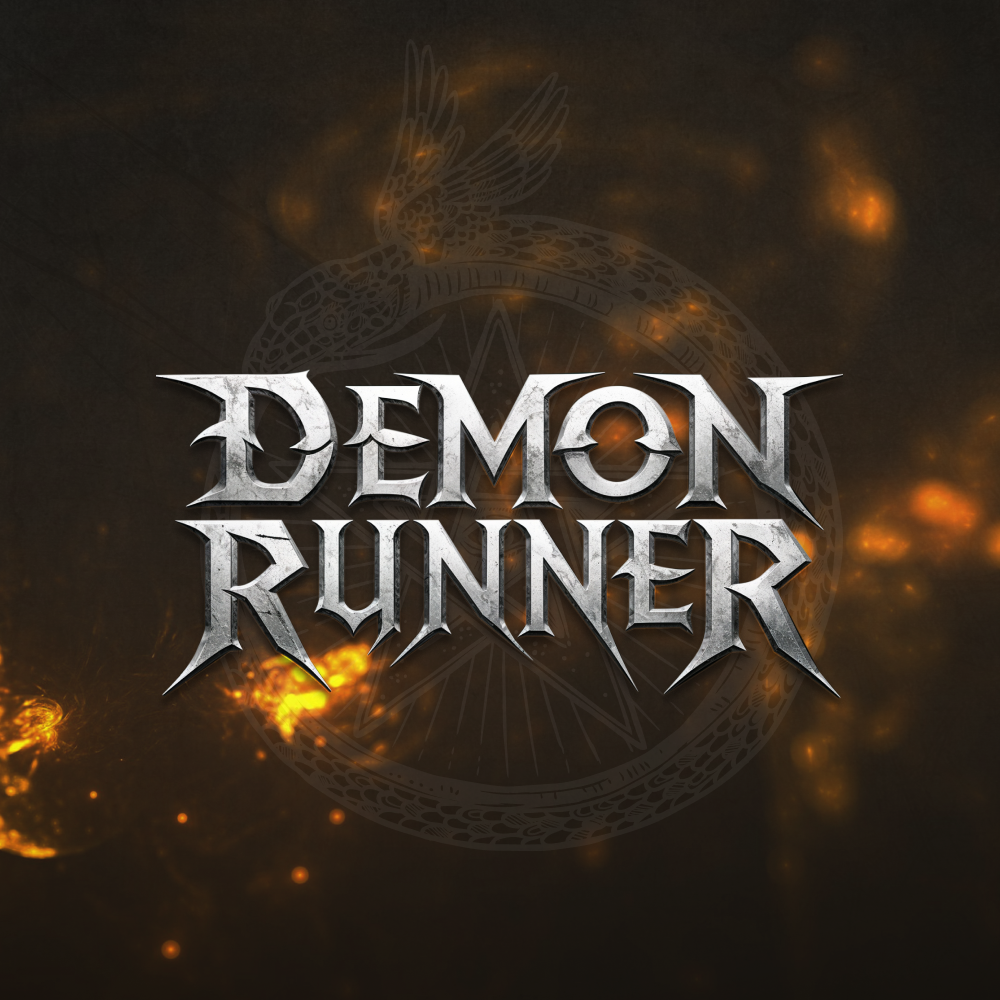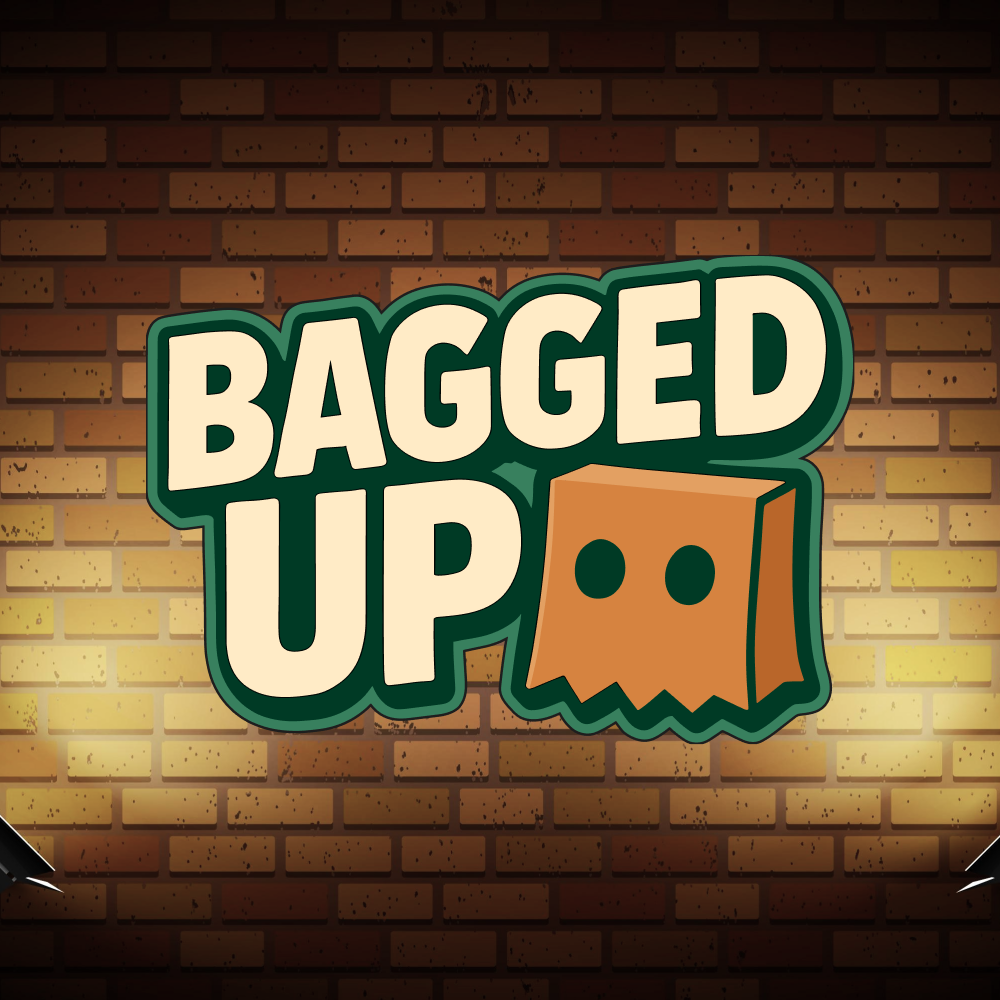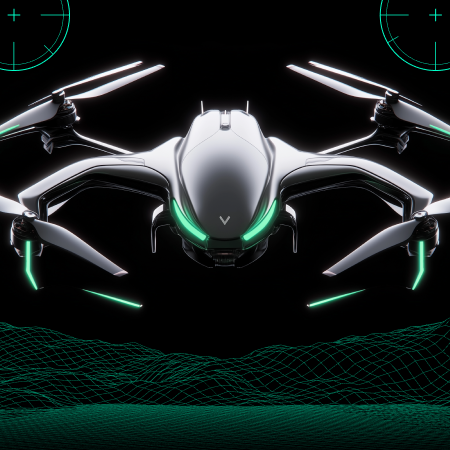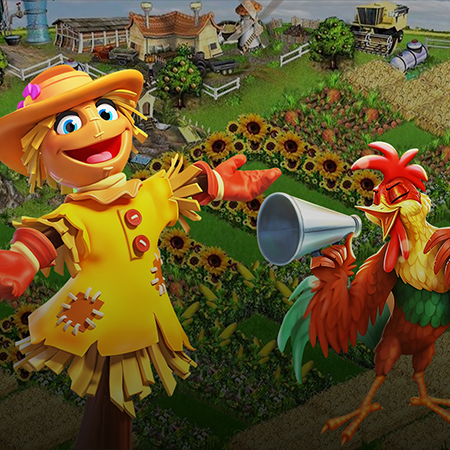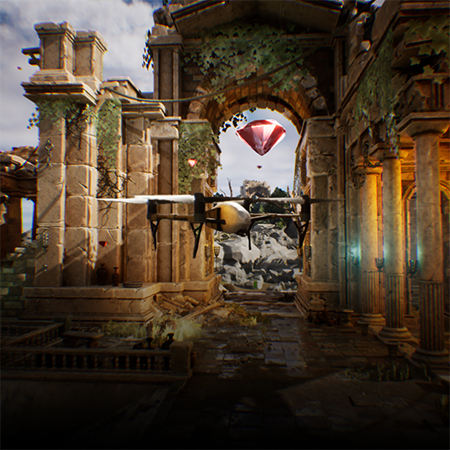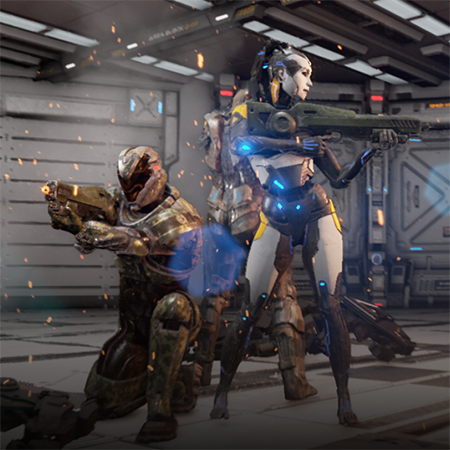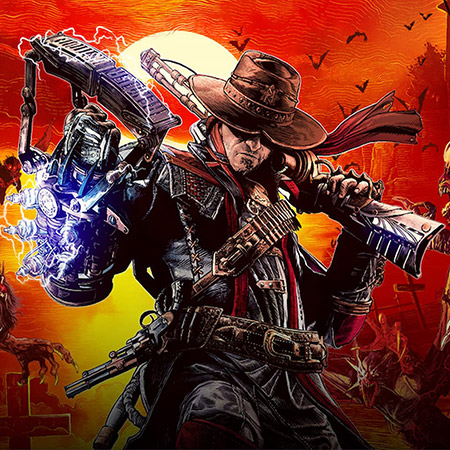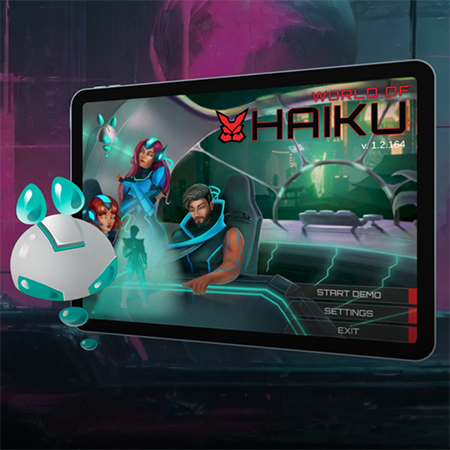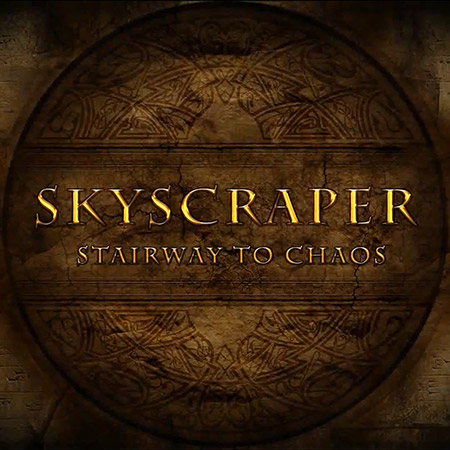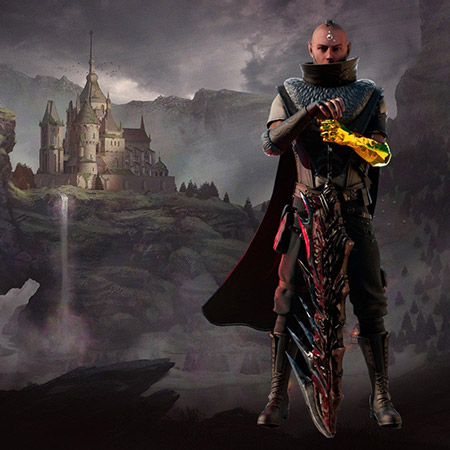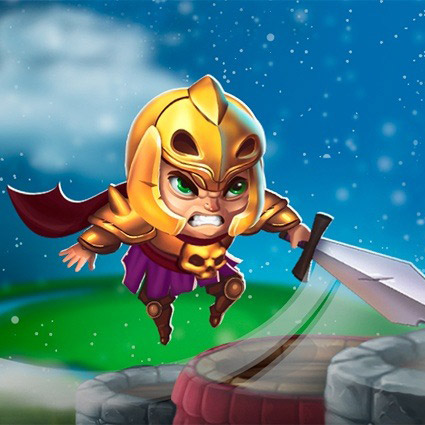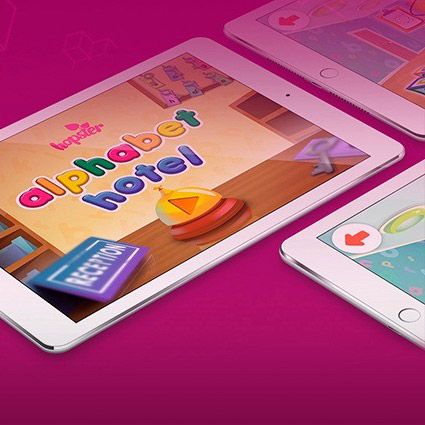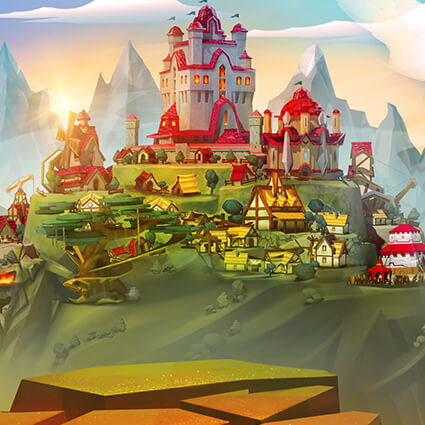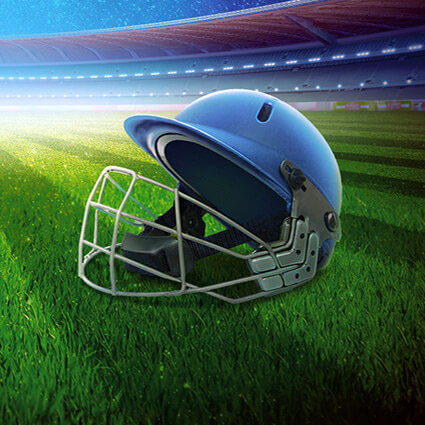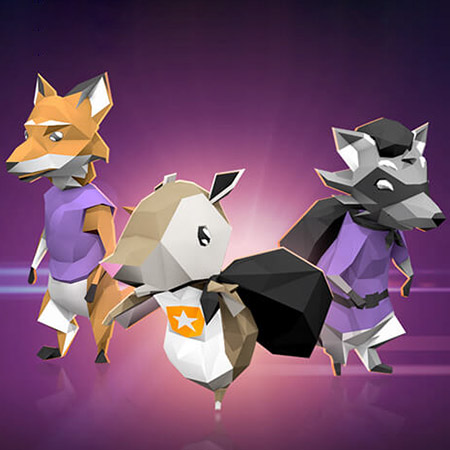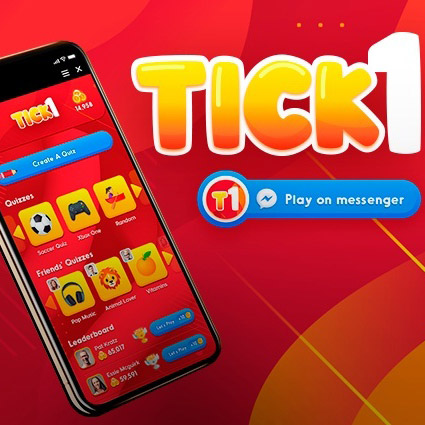MMORPG game development has transformed the gaming industry by creating immersive experiences that captivate millions of players worldwide. This genre offers vast virtual environments where players interact, collaborate, and compete in real time. Creating an MMORPG game involves complex processes that require advanced technical skills and a deep understanding of player dynamics. Developers must focus on building expansive worlds, designing intricate character customization options, and crafting engaging storylines.
The goal is to provide a seamless and enjoyable experience for players. MMORPG game development is not just about coding and graphics; it involves understanding player psychology, community building, and ensuring long-term engagement. The following sections will detail the steps and considerations necessary for successful MMORPG game development, offering insights into the challenges and techniques used by top developers.
Overview of MMORPG Games
What's an MMORPG game? An MMORPG game, short for Massively Multiplayer Online Role-Playing Game, offers a unique gaming experience by allowing thousands of players to interact within a virtual environment. Understanding what's an MMORPG game involves recognizing its core elements: massive player interaction, immersive worlds, and continuous progression. Players create and customize characters, embark on quests, engage in battles, and collaborate with others in real-time.
RPG game development, particularly for MMORPGs, requires advanced skills and a comprehensive approach. Developers must design expansive environments that feel alive and responsive to player actions. Character customization is crucial, offering players a wide range of options to personalize their avatars. The storyline must be engaging, with quests and missions that drive the game's narrative and keep players invested.
Technical challenges in MMORPG game development are significant. Servers must handle massive numbers of concurrent users without lag, ensuring a seamless gaming experience. Security is also a priority, protecting player data and preventing cheating or hacking. Balancing gameplay to accommodate different play styles and skill levels is essential for maintaining player engagement.
Community building is another critical aspect. Developers such as guilds, chat systems, and cooperative missions must create features that encourage social interaction. Regular updates and expansions are necessary to keep the content fresh and exciting, providing new challenges and rewards for players.
Understanding the complexity of MMORPG game development helps appreciate the effort behind creating these immersive experiences. The focus remains on delivering a stable, engaging, and enjoyable game that can sustain a vibrant player community.
Early Days of MMORPG Game Development
The origins of MMORPG game development trace back to the early 1990s, marked by the transition from single-player RPGs to multiplayer online experiences. Developers experimented with connecting players over the internet, laying the groundwork for the genre's growth. Initial attempts faced significant technological limitations but set the stage for future advancements.
Initial Concepts and Prototypes
The first MMORPGs began as experimental projects, merging RPG elements with online multiplayer features. Text-based games like MUDs (Multi-User Dungeons) pioneered the concept, allowing players to interact in a shared virtual space. These early games focused on storytelling, character progression, and social interaction.
Developers faced numerous challenges while creating these prototypes. Limited internet bandwidth and server capacity restricted the number of concurrent players. Early graphics capabilities were rudimentary, relying on simple text or basic 2D visuals. Despite these constraints, developers continued to push the boundaries, inspired by the potential of massive online communities.
Casual game development initially influenced MMORPG prototypes. Simple, accessible games paved the way for more complex projects. The goal was to create engaging experiences that could accommodate a broad audience. Prototypes like Neverwinter Nights, launched in 1991, showcased the potential of graphical MMORPGs, offering players a persistent world to explore.
The rise of the internet in the mid-1990s provided a crucial boost. Faster connections and improved server technology enabled larger player bases and more sophisticated game mechanics. Developers experimented with various features, such as persistent worlds, real-time combat, and player-driven economies. These innovations laid the foundation for modern MMORPGs, transforming initial concepts into fully realized virtual worlds.
Technological Constraints and Innovations
Early MMORPG development faced significant technological constraints. Limited computing power and internet speeds posed major challenges. Developers had to optimize code and game design to ensure smooth performance, even with the modest hardware available at the time.
Server technology was a critical focus. Early MMORPGs needed robust servers to handle large numbers of simultaneous players. Load balancing and server stability became paramount, with developers implementing innovative solutions to prevent crashes and lag. Techniques like sharding, where the game world is divided into multiple instances, emerged to manage server load effectively.
Casual game development provided valuable insights for MMORPG developers. Simpler games demonstrated effective methods for user engagement and retention. Applying these principles helped MMORPGs maintain player interest and expand their audiences. Developers also borrowed interface design elements, creating user-friendly experiences that appealed to both casual and hardcore gamers.
Graphics technology evolved rapidly during the early years of MMORPGs. Initially, games featured basic 2D graphics or text-based interfaces. The introduction of 3D graphics engines marked a significant leap, allowing for more immersive and visually appealing worlds. Games like Ultima Online and EverQuest set new standards with their advanced graphics and complex game mechanics.
Networking technology improvements were crucial. Higher bandwidth and more reliable internet connections enabled real-time interactions and larger player populations. Developers also focused on security, implementing measures to protect against hacking and cheating. Ensuring a fair and secure environment became essential for sustaining player trust and enjoyment.
The early technological constraints forced developers to innovate continuously. Each advancement is built upon previous efforts, leading to today's sophisticated MMORPGs. The ongoing commitment to overcoming challenges and enhancing player experiences remains a core aspect of MMORPG game development.
Key Elements in MMORPG Game Development
Creating a successful MMORPG involves several vital elements. Developers must focus on character creation, customization, and engaging quest and storyline development to ensure an immersive and enjoyable player experience.
World Building and Design
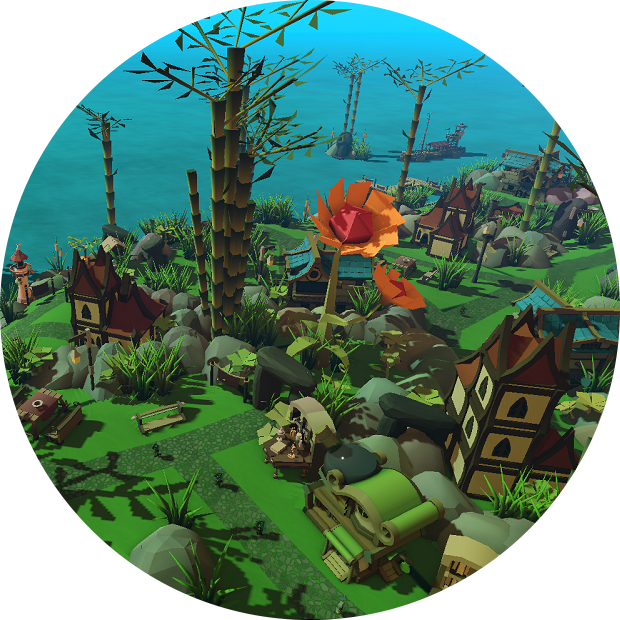
World building and design are crucial aspects of MMORPG game development, shaping the player's experience and immersion. A well-designed world captivates players, encouraging exploration and engagement. Effective world-building involves multiple components, each contributing to a cohesive and dynamic environment.
Developers start by crafting a detailed map. This map includes various regions, each with distinct landscapes, cultures, and challenges. Diverse environments, from lush forests to arid deserts, create visual interest and variety. Unique landmarks and hidden areas encourage exploration, rewarding curious players with secrets and treasures.
Creating a rich lore and history adds depth to the game world. Background stories for regions, factions, and critical characters make the world feel alive and consistent. This lore can be revealed through quests, dialogue, and environmental storytelling.
Now let's point out the fundamental aspects of world-building in MMORPG game development:
- Geography and topography. Diverse landscapes provide visual interest and gameplay variety.
- Culture and societies. Distinct cultures and societies enhance immersion and storytelling.
- Economy and resources. Realistic economies and resource management add complexity.
Interactive environments enhance the player's experience. Dynamic weather systems, day-night cycles, and seasonal changes make the world feel alive. Players should be able to interact with the environment, from harvesting resources to triggering events. Such features increase immersion and provide additional gameplay layers.
Another critical step is designing the game's aesthetic. A consistent visual style, from character models to architecture, ensures a cohesive look. Developers use color schemes, lighting, and sound design to create mood and atmosphere, drawing players deeper into the game world.
World-building in MMORPGs is an ongoing process. Regular updates and expansions introduce new areas, stories, and challenges. Player feedback is invaluable, guiding adjustments and improvements. Developers must balance creating a vast, detailed world with ensuring it remains accessible and engaging. A well-crafted world attracts players and keeps them invested in the game's ongoing evolution.
Character Creation and Customization
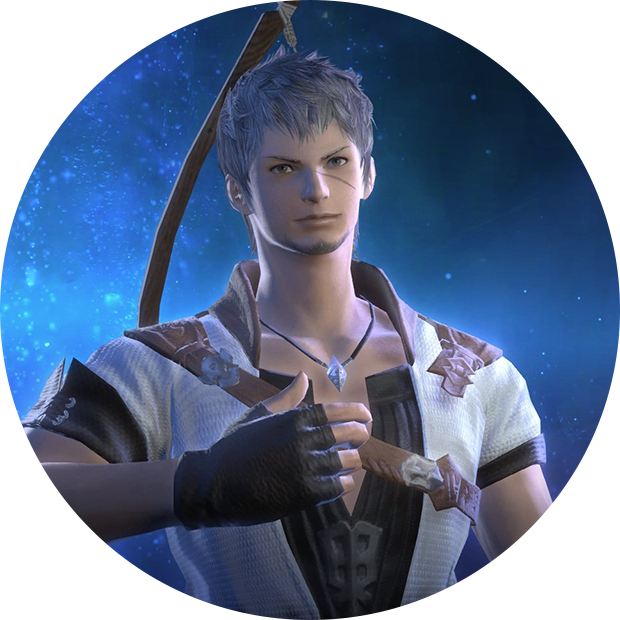
Learning how to create an MMORPG game starts with a deep focus on character creation and customization. This aspect is crucial because it directly impacts player engagement and immersion. Players expect detailed options to personalize their characters, from appearance to abilities. A robust character creation system allows for diverse avatars, ensuring each player can craft a unique identity.
Developers need to implement extensive customization features, such as adjustable facial features, body types, and clothing. Skills and abilities customization also play a significant role. Allowing players to choose and develop specific skills based on their playstyle keeps the game engaging and varied. Balancing these customization options is essential to prevent any single combination from becoming overpowered.
Notably, hyper-casual game development principles can enhance the character creation process. Simplifying the user interface and making customization intuitive can attract a broader audience. Tutorials and guided customization options help new players quickly understand the mechanics, encouraging them to invest time in the game.
Regular updates and expansions to the customization options keep the game fresh. New hairstyles, outfits, and abilities can be introduced to maintain player interest. Developers must also consider the economic aspects, such as offering customization items through in-game currency or microtransactions, which can provide a steady revenue stream.
Character creation and customization set the foundation for player engagement in an MMORPG. The ability to craft a unique and evolving character ensures that players remain invested in the game and explore its vast possibilities and challenges.
Quest and Storyline Development
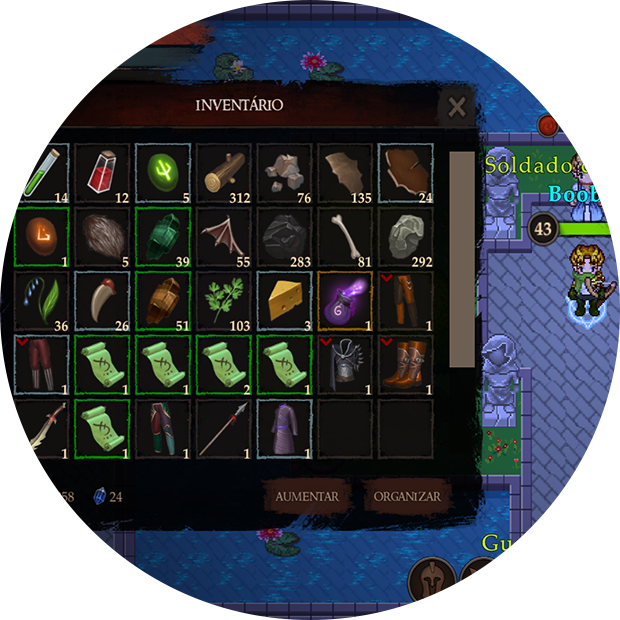
A compelling quest and storyline development process is essential when learning how to create an MMORPG game. Engaging narratives and challenging quests drive player involvement and ensure long-term retention. Each quest should contribute to the overarching storyline, providing players with a sense of purpose and progression.
Developers must craft intricate storylines that weave through the game world, offering players various types of quests such as main story quests, side quests, and daily challenges. These quests need to be varied, including tasks like exploration, combat, puzzle-solving, and resource gathering. Each quest should be designed to be engaging and rewarding, providing players with experience points, items, and currency.
The quest design must also consider player choice and consequence. Decisions made during quests should affect the storyline and world, adding depth and replayability. Branching narratives where player actions lead to different outcomes keep the gameplay dynamic and personalized. Clear objectives, intuitive interfaces, and guidance through complex tasks help reduce frustration and enhance enjoyment. Incorporating elements like quest markers, automated navigation, and in-game hints can assist players in completing quests efficiently.
Regularly updating the game with new quests and storylines is crucial for maintaining player interest. Seasonal events, limited-time challenges, and expansions can introduce fresh content, encouraging players to return. Collaborating with writers and narrative designers ensures that the story remains compelling and cohesive.
Successful quest and storyline development in MMORPGs requires a balance between complexity and accessibility. Engaging narratives, diverse quest types, and meaningful player choices contribute to a rich and immersive gaming experience that keeps players coming back.
Always wanted to build your grand virtual world and succeed? Let’s connect!
Popular MMORPG Games and Their Development
The development of popular MMORPG games like World of Warcraft and Final Fantasy XIV showcases the complexities and innovations in the field. Both games set industry standards and provide valuable insights into successful MMORPG game development.
Development of World of Warcraft
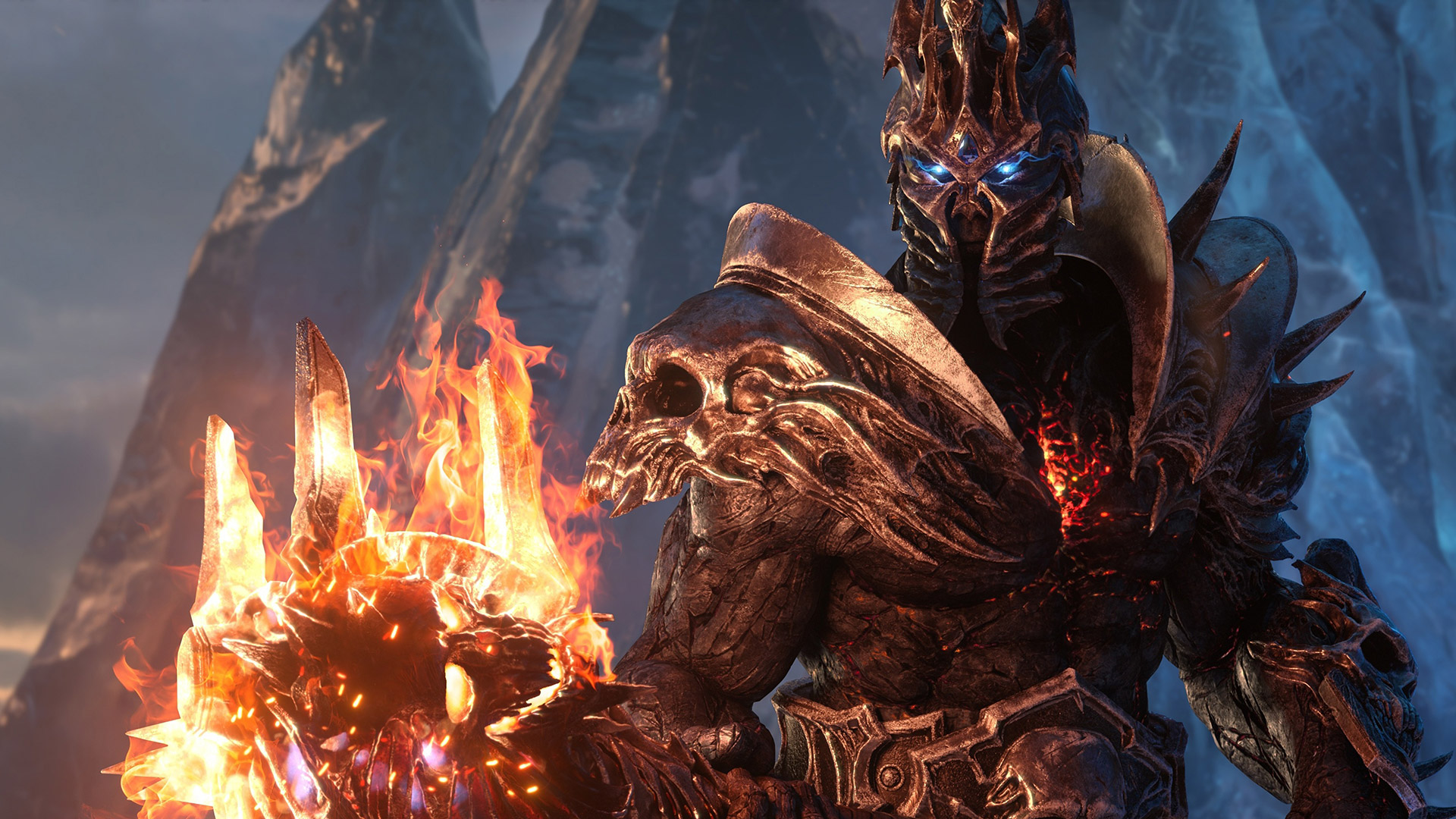
World of Warcraft (WoW), developed by Blizzard Entertainment, launched in 2004 and quickly became a landmark in MMORPG history. WoW's development involved several key strategies and innovations that set it apart from its predecessors.
Blizzard's team focused on creating a highly detailed and expansive game world, Azeroth. They built a rich lore that intertwined with the Warcraft franchise, providing a familiar yet novel experience for players. The world featured diverse zones, each with unique landscapes, creatures, and storylines. Attention to detail ensured that every area felt distinct and engaging.
The game's mechanics prioritized accessibility and depth. Blizzard aimed to create an MMORPG that both casual and hardcore gamers could enjoy. Simplified user interfaces and streamlined gameplay mechanics helped new players quickly grasp the game, while complex systems like raids and PvP (Player vs. Player) content provided challenges for experienced players.
Key development features of WoW:
- Extensive quest system. Thousands of quests offered varied challenges and rewards.
- Robust community tools. Guilds, chat systems, and group content fostered social interaction.
- Regular updates. Expansions and patches introduced new content and balanced gameplay.
Blizzard's commitment to continuous improvement played a crucial role in WoW's success. The development team actively engaged with the player community, using feedback to address issues and introduce new features. Regular expansions, such as The Burning Crusade and Wrath of the Lich King, kept the game fresh and exciting, adding new regions, races, and storylines.
World of Warcraft's development exemplifies how careful planning, community engagement, and ongoing content updates can create a lasting and impactful MMORPG.
Creation of Final Fantasy XIV
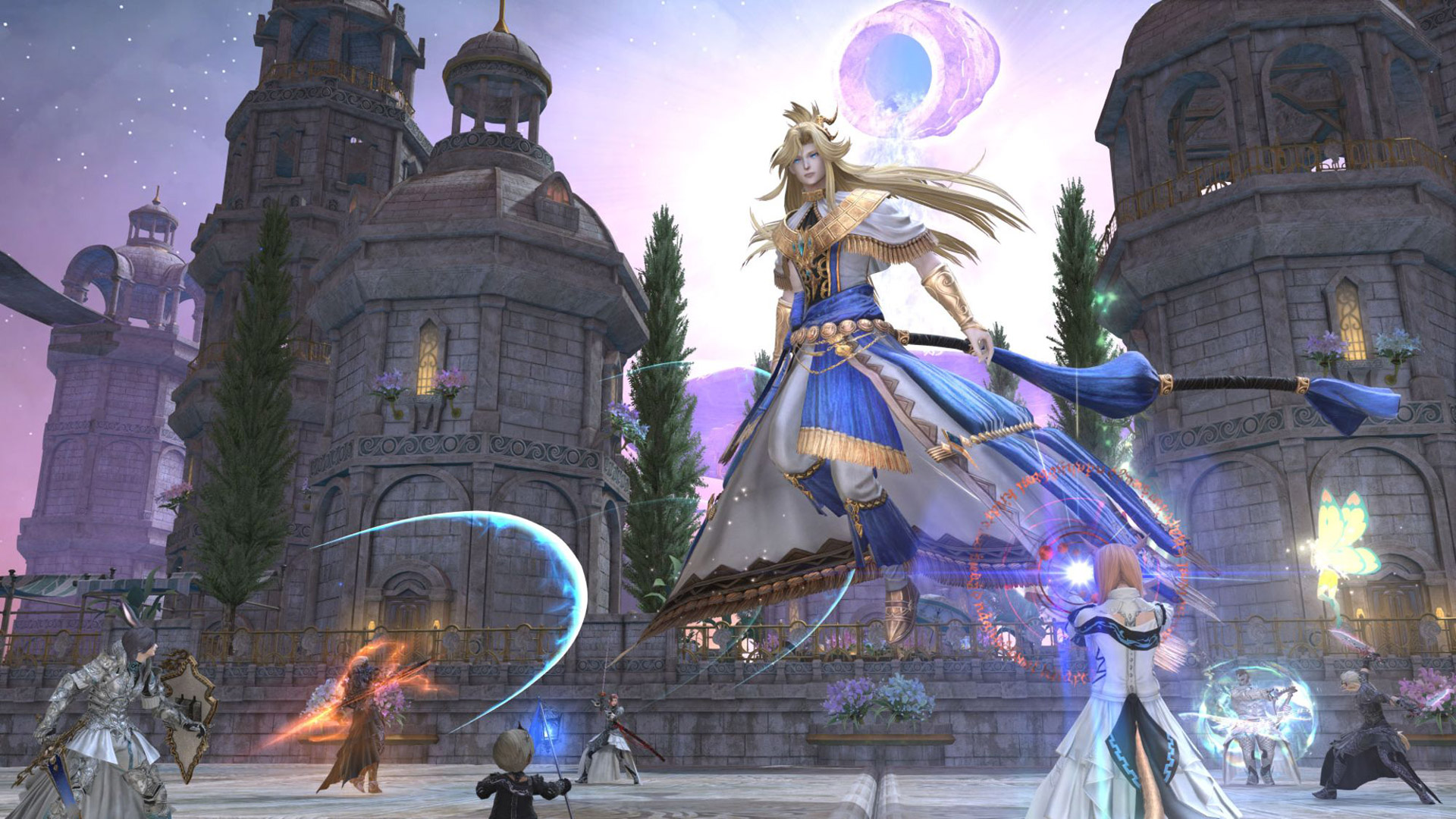
Final Fantasy XIV (FFXIV), developed by Square Enix, offers a unique story of rebirth and success. Initially released in 2010, FFXIV faced severe criticism due to its technical issues and gameplay shortcomings. Square Enix made the unprecedented decision to redevelop the game from the ground up, leading to the successful re-release of Final Fantasy XIV: A Realm Reborn in 2013.
The redevelopment process, led by Naoki Yoshida, focused on addressing player feedback and technical flaws. The team built a new game engine to enhance graphics and performance. They redesigned the user interface to be more intuitive and user-friendly, ensuring a smoother gameplay experience.
FFXIV's world, Eorzea, was meticulously crafted with rich lore and diverse environments. The narrative played a central role, integrating the main story quests with the world's history and cultures. This approach provided a cohesive and immersive experience for players.
Key development aspects of FFXIV:
- Dynamic event system. FATEs (Full Active Time Events) offered spontaneous and engaging content.
- Cross-platform play. Players on PC, PlayStation, and Mac could interact seamlessly.
- Regular content updates. Expansions like Heavensward and Stormblood introduced new classes, regions, and stories.
The game's relaunch as A Realm Reborn required extensive beta testing and player feedback sessions. This collaborative approach ensured that the final product met player expectations. Square Enix's dedication to quality and player satisfaction resulted in a dramatic turnaround, transforming FFXIV into one of the most popular MMORPGs.
Final Fantasy XIV's creation highlights the importance of addressing feedback, technical excellence, and delivering consistent content updates to maintain player engagement and ensure long-term success.
The Making of The Elder Scrolls Online
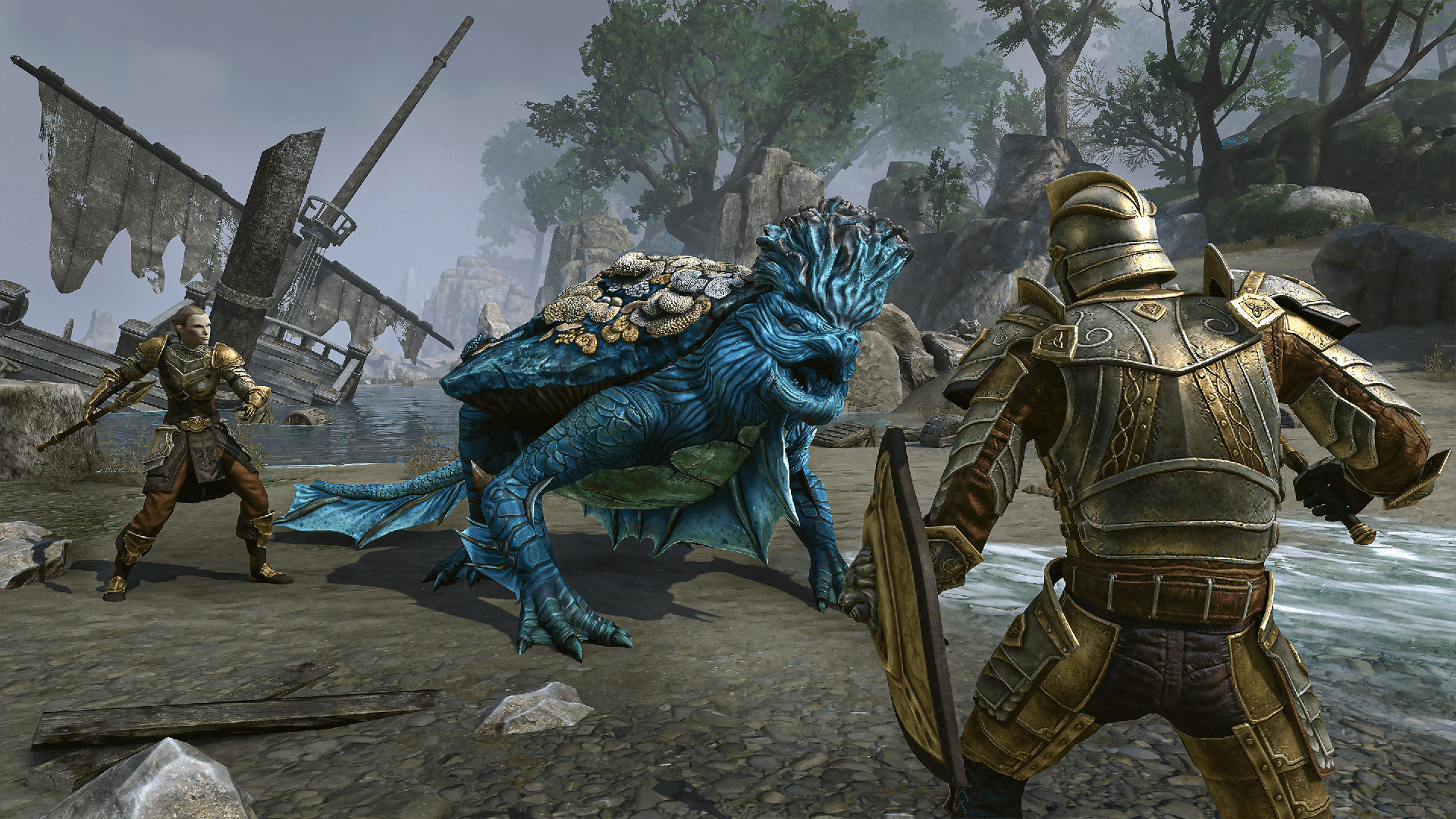
The Elder Scrolls Online (ESO), developed by ZeniMax Online Studios, launched in 2014 as an extension of the acclaimed Elder Scrolls series. The development of ESO involved translating the rich, single-player experience of the series into a massive multiplayer online format while maintaining the series' core elements.
The development team aimed to create a world that felt consistent with the Elder Scrolls universe. Tamriel, the game's setting, was meticulously crafted to include well-known locations and lore from previous Elder Scrolls titles. The design included vast, detailed landscapes and iconic cities, ensuring fans of the series felt a sense of familiarity and continuity.
ESO's character creation system allowed for extensive customization, aligning with the series' tradition. Players could choose from various races and classes, each with unique abilities and skill trees. This flexibility catered to different playstyles and strategies, enhancing player engagement and replayability.
Key development aspects of ESO:
- Integration of series lore. Ensuring the game world and storylines aligned with the established Elder Scrolls universe.
- Dynamic combat system. Real-time combat mechanics that required skill and strategy, diverging from typical MMORPG mechanics.
- Robust PvP content. Large-scale PvP battles in the Alliance War, adding competitive elements to the game.
The game's development faced challenges, particularly in balancing the multiplayer experience with the deep, immersive storytelling for which the series is known. The team focused on creating engaging quests and a main storyline that could be experienced solo or with friends. This approach ensured that both solo players and groups found the game enjoyable.
Regular updates and expansions have been critical to ESO's success. Add-ons like Morrowind and Summerset introduced new areas, quests, and gameplay mechanics, keeping the content fresh and the player base engaged. The development team’s commitment to listening to community feedback and making continuous improvements has been pivotal in maintaining ESO's popularity.
The Elder Scrolls Online stands as a testament to the successful adaptation of a beloved single-player series into an engaging MMORPG, blending rich lore with expansive multiplayer content.
Overcoming the Challenges in MMORPG Game Development
Creating successful MMORPGs involves navigating significant challenges. Developers must address technical hurdles and ensure ongoing player engagement. Meeting these challenges requires innovative solutions and a dedicated approach.
Defy Technical Hurdles
Overcoming technical hurdles in MMORPG development is essential. Ensuring seamless performance for thousands of players requires robust server infrastructure and efficient code optimization.
Essential strategies:
- Cloud-based server solutions. Offer flexibility and scalability for large player bases.
- Sharding techniques. Divide the game world to manage server load effectively.
- Rigorous testing. Identify and resolve performance issues early.
Server infrastructure is of utmost importance. Cloud-based solutions handle massive data loads, providing dynamic server adjustments based on player activity. Sharding splits the game world into multiple instances, reducing latency and managing server load efficiently.
Optimizing code minimizes server strain, reduces lag, and improves response times. Developers implement rigorous testing to identify performance bottlenecks before release. Security measures, such as anti-cheat systems and data encryption, protect player data and ensure fair gameplay.
Regular maintenance and updates are necessary to monitor server performance and address emerging issues. Proactive maintenance swiftly resolves technical problems, maintaining player trust and satisfaction.
Maintain Player Engagement
Sustaining player engagement in MMORPGs requires continuous content updates and dynamic experiences. Developers must keep players invested through engaging storylines, regular updates, and community interaction.
New quests, areas, and features keep the game world exciting. Expansions introduce significant content, such as new regions and story arcs, encouraging exploration. Seasonal events and limited-time challenges offer variety and excitement, with time-sensitive rewards adding urgency.
Crafting intricate narratives with memorable characters ensures emotional investment. Main story quests, side quests, and daily missions provide diverse gameplay experiences, catering to different player preferences.
Community interaction enhances engagement. Developers should foster a positive community with social tools like guilds and chat systems. Hosting community events, live streams, and developer Q&A sessions strengthens the player-game connection.
Listening to player feedback is invaluable. Addressing concerns and implementing suggestions ensures the game evolves to meet player expectations. Regularly adjusting game mechanics maintains balance and prevents frustration, appealing to both casual and hardcore players.
Finally, maintaining player engagement requires a multifaceted approach. Continuous content updates, engaging storylines, and strong community interaction create a dynamic game environment, keeping players returning for more.
How to Develop a Successful MMORPG Game
Developing a successful MMORPG game involves several critical steps. By following a structured approach, developers can create engaging and enduring games. Outsourcing services can also play a vital role in this process.
- Conceptualization and planning. Define the game’s vision, core mechanics, and storyline. Detailed planning ensures that all aspects of development align with the overall concept.
- World building and design. Create an immersive and expansive game world. Focus on detailed environments, rich lore, and diverse regions that captivate players.
- Character creation and customization. Implement extensive customization options for players. Provide a range of races, classes, and abilities to cater to different playstyles.
- Quest and storyline development. Craft engaging quests and narratives. Ensure a mix of main story quests, side missions, and dynamic events to maintain player interest.
- Technical infrastructure. Set up robust server infrastructure and optimize code. Use cloud-based solutions for scalability and implement sharding to manage server load.
- Outsourcing services. Consider outsourcing specific tasks to specialized firms. These services can include art design, sound engineering, and quality assurance, allowing the in-house team to focus on core development.
- Community and social features. Develop tools for social interaction, such as guilds and chat systems. Foster a positive community through events and regular interaction.
- Testing and feedback. Conduct extensive beta testing to identify and resolve issues. Actively listen to player feedback to improve the game before the official release.
- Launch and updates. Ensure a smooth launch with adequate server capacity. Regularly update the game with new content, expansions, and balancing patches to keep players engaged.
- Marketing and promotion. Develop a strong marketing strategy. Utilize social media, influencers, and gaming events to generate hype and attract a broad audience.
So, if you follow these steps and leverage outsourcing services where appropriate, you'll be able to create a successful MMORPG game that attracts and retains a dedicated player base.
Build Your First MMORPG Game with Game-Ace
Partner with Game-Ace, a custom game development company, to create your first MMORPG game. Our team offers expertise in every development phase, from initial concept to final launch. We ensure detailed world-building, extensive character customization, and engaging quest development.
Choosing Game-Ace means leveraging our experience to craft immersive gaming experiences. We provide robust technical infrastructure, innovative design, and comprehensive testing to bring your vision to life. Our collaborative approach guarantees that your game meets high standards and captivates players.
Ready to start your MMORPG project? Contact us without further ado to discuss your ideas and see how Game-Ace can support your development needs. Your MMORPG game will stand out in the competitive market with our dedicated team.
 Key Trends Shaping Gamification in Recruitment for 2026 and Beyond
Key Trends Shaping Gamification in Recruitment for 2026 and Beyond  How to Create Crypto Casino Games the Right Way
How to Create Crypto Casino Games the Right Way  AI Recruitment Games: From Real-Time Assessments to Better Hiring Outcomes
AI Recruitment Games: From Real-Time Assessments to Better Hiring Outcomes  Games for Business: Proven Strategies for Engagement and Growth
Games for Business: Proven Strategies for Engagement and Growth  How to Design Learning Games for Kids That Teach Real-World Skills
How to Design Learning Games for Kids That Teach Real-World Skills 



